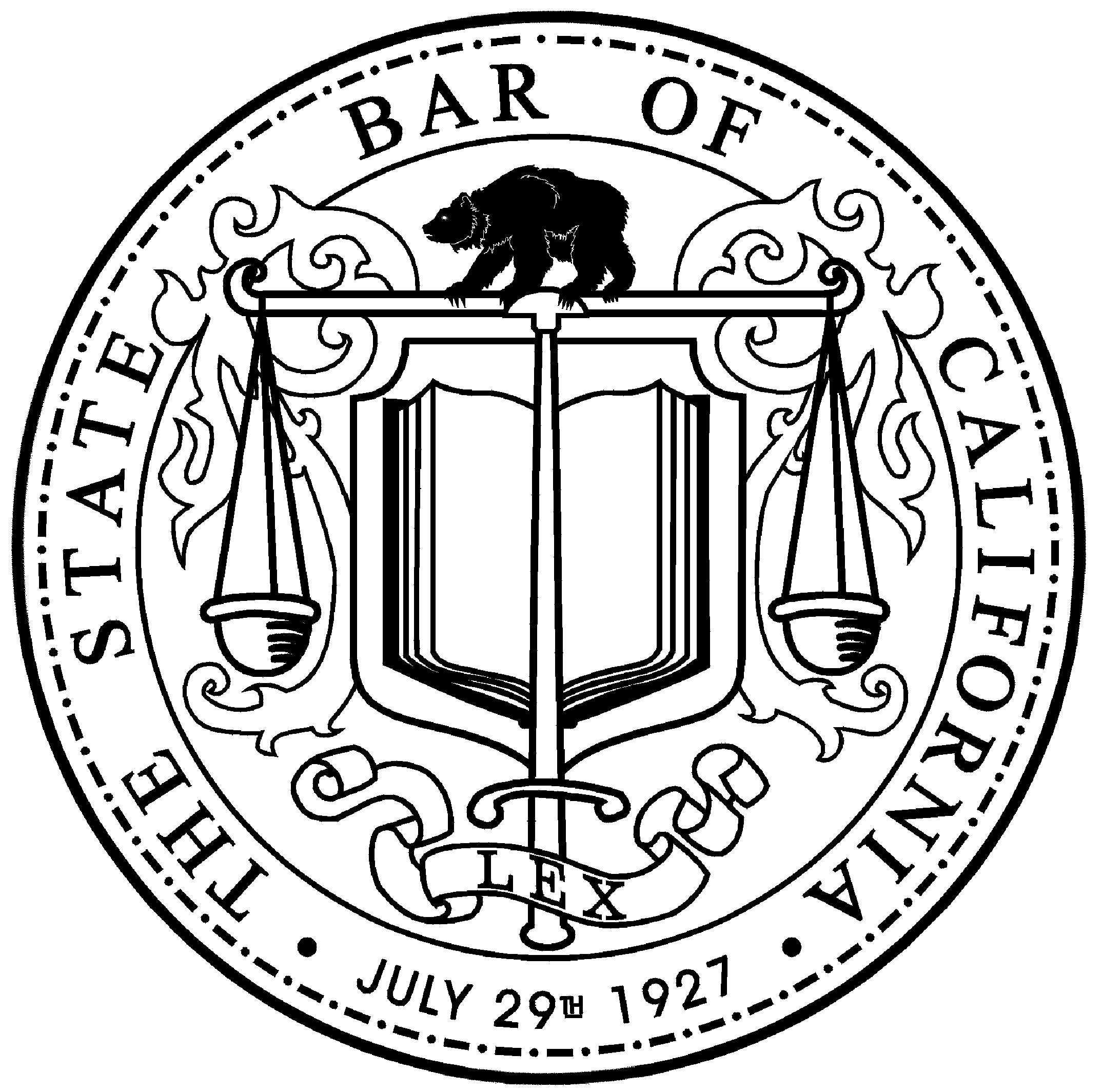Origin and Purpose of Workers’ Compensation
Have you ever wondered how workers’ compensation came to be? Let’s dive deep into the history and purpose of workers’ compensation.
The majority of employers take many measures to help make sure their employees are as safe as possible at work. Employers may decide to provide extra safety training, purchase and install safety technology, or form safety committees to ensure further safety of their employees. Unfortunately, despite the most diligent efforts, it is likely that at some point, an employee will sustain a work-related injury. When that happens, the employee may file for workers’ compensation.
The modern workers’ compensation system can trace its start to the Workers’ Accident Insurance system that was put into place by a man named Otto von Bismark in 1881. The intention behind creating this system was what was referenced as the “unholy trinity” of tort defenses that were available at that time, including contributory negligence, assumption of risk, and the fellow-servant rule. In other words, it was much more difficult for injured employees to be compensated if they were injured on the job.
Different states here in the United States started implementing workers’ compensation systems before the turn of the century, with the first state-wide system being instituted by Maryland in 1902. Workers’ compensation provided a much-needed outlet for injured employees to seek compensation for industrial injuries. The workers’ compensation system is designed to protect both the employer and the injured employee. Workers’ compensation in California is a “no fault” system. The no fault system means that the injured employee does not have to prove the injury was a result of negligence or intentional acts on behalf of the employer. Similarly, the employer is protected from lawsuits from the employee, with only a few exceptions.
It is no secret that at the turn of the century, industrial working conditions for most Americans were very dangerous, with few regulations in place to require employers to make sure their workers were safe. Especially in factories or at manual labor fields, it was common for employees to sustain terrible injuries. By instituting what we call worker’s compensation, employers were motivated to make sure their companies were as safe as possible for their employees. Employers could also feel at ease knowing that their employees could not sue them for negligence if the employee sustained an injury because the employer overlooked some safety measure.
Why workers’ compensation insurance matters
Workers’ compensation insurance is a necessary safeguard for the present-day workforce. The insurance and its legal requirements that come with workers’ compensation exists to protect employees from risking their health, safety, and assets for their jobs.
Workers comp can provide coverage when:
An employee is injured at work and in need of medical attention.
An injured employee needs time to recover and cannot afford to miss wages.
An occupational injury kills or disables an employee.
An employee waives benefits and decides to sue the employer for negligence.
Employers are protected from the high cost of occupational injuries and the employer benefits, too. Most workers' comp policies include employer’s liability insurance, which covers the cost of an employer's legal defense, settlements, or judgments when an employee sues over a work injury.
Employers can also cover themselves with a workers’ comp policy to guard against the risk of suffering a work injury or illness.
Cole, Fisher, Cole, O’Keefe + Mahoney is Central California’s leading workers’ compensation and social security disability law firm. With over 30 years of successful experience, we are committed to securing maximum benefits for our clients in the Fresno, California area. Schedule a free consultation today.
© 2025 Cole, Fisher, Cole, O’Keefe + Mahoney
Making a false or fraudulent workers’ compensation claim is a felony subject to up to five years in prison, or a fine of up to $150,000 or double the value of the fraud, whichever is greater, or by both imprisonment and fine.






